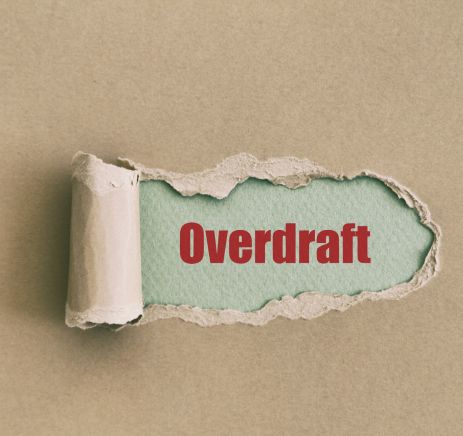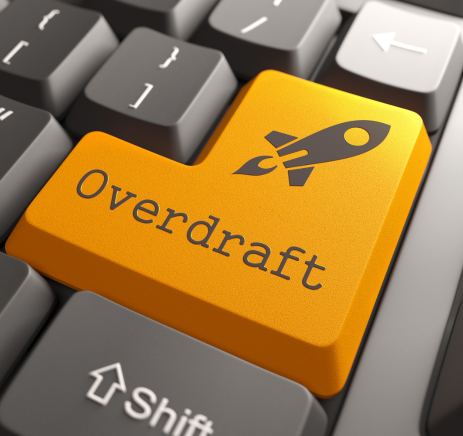An overdraft is a financial arrangement provided by banks to individuals, typically linked to their checking accounts. It covers the shortfall between the available balance and the amount needed for a transaction.
Overdraft protection is a service where banks extend credit to customers whose account balances drop below zero. It operates differently based on the bank’s policies, often involving linking accounts so that funds can be automatically transferred from a backup account when the primary account lacks sufficient funds. This feature helps avoid overdraft fees and enables seamless transaction execution even when funds are insufficient.


There are two common types of overdraft facilities: the standard overdraft, which is linked to a checking account, and the secured overdraft account, where individuals can borrow against financial assets they use as collateral.
Clean Overdrafts are typically offered to businesses to manage varying cash flows, ensuring they can meet financial obligations during uncertainties and cash flow discrepancies.
Dropline Overdrafts combine features of term loans and clean overdrafts, often used to lower interest payments in specific scenarios.
Overdraft against property, also known as property overdraft, is a financial arrangement where borrowers can utilize their property as collateral to secure a line of credit. This type of overdraft offers flexibility, allowing the loan account to go into a negative balance up to a pre-approved limit when the account’s balance reaches zero.
It serves as a valuable financial tool, enabling borrowers to handle unforeseen expenses or meet financial commitments without immediate liquidity issues, leveraging the property’s value. However, responsible use and effective management of this overdraft are crucial to mitigate potential risks associated with borrowing against one’s property.

